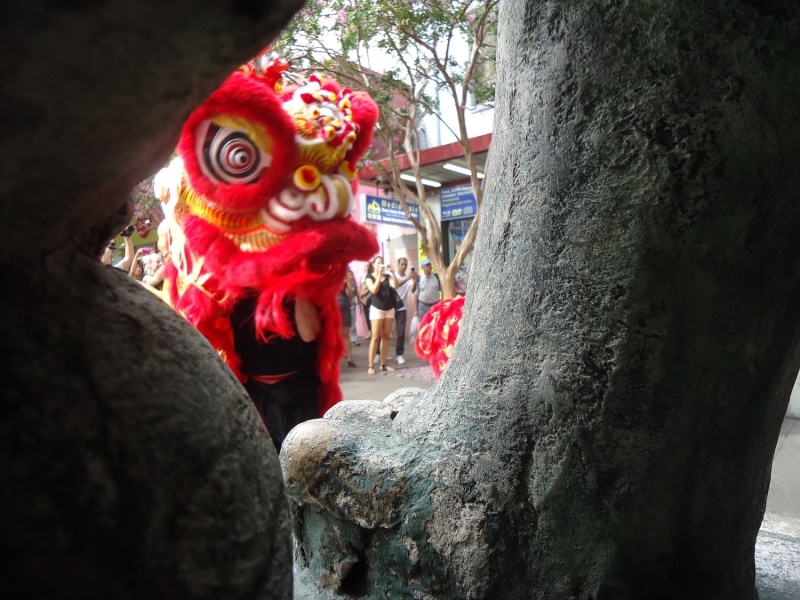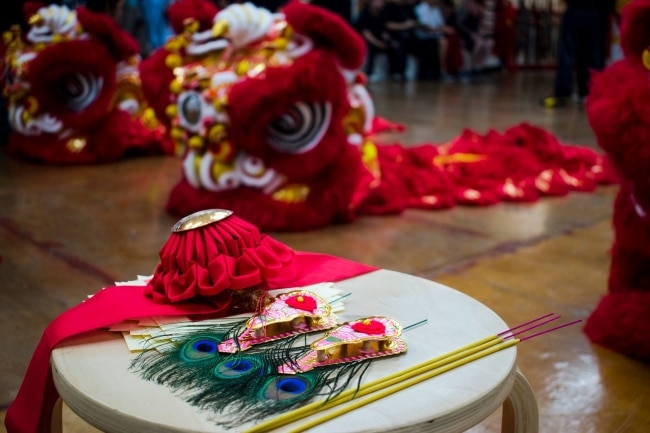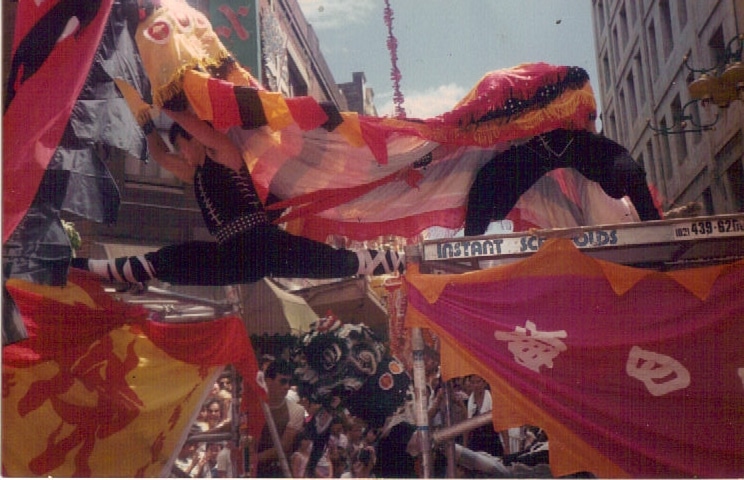The Ching Dynasty was a time of war and internal problems. At the time, the Emperor of China had a vivid dream after a day in battle. The dream was of a strange beast playing. This beast was lager than a dog but smaller than a horse and although it looked fierce its behaviour was unseemly for a tiger. The next day, being very interested to know what the beast was, the Emperor went to consult his official advisers. The advisers explained to him that this beast he saw was called a lion.
Later that day, after a victorious battle, he had same dream again. This time being very disturbed by the recurrence of the dream he went to consult his senior and most experienced advisers and consultants. These people explained to the Emperor that the lion was a gift from the gods. Since no lions existed within China, the gods’ gift to him was to let the Emperor have everything. (This was deemed a good omen from the gods who favoured the Emperor).
Despite the mass celebrations of the victory in battle, the Emperor’s mind was on the dream of the strange beast. The Emperor’s court advisers described to him how to construct the features of this mystical lion. They explained how to use paper, cloth and bamboo to make this beast. The next battle the Emperor had, the lion became the symbol of good fortune for the armies. The battle was won and since then the result of this good omen is what we now call the lion dance.
As a result, today we now demonstrate the lion dance at all important festivals and occasions as the lion dance brings happiness, prosperity and good fortune to all the people attending the celebrations.
SOUTHERN LIONDANCE
There are many regional differences in how the performance is held and the customs that are followed. In the north of China, the lion usually long orange/yellow fur and performs acrobatics, such as balancing on a ball. The southern lion originates in Guangdong and is the style practiced by our team. It involves the same low stances typical of southern Chinese kung fu has an explosive, martial energy (while still retaining some of the acrobatic moves).
In Southern lion dance, the lion can take on many colours, however the most common are 3 “canonical” lions which represent the 3 main characters from the epic Romance of the Three Kingdoms. These are:
- Lau Bei: yellow face, white beard, red and yellow tail
- Gwan Gung: red face, black beard, red and black tail
- Chang Fei: black face and beard, black and white tail
TRADITIONAL AND MODERN
Today, there are many modern styles of lion dance focussed on competitions and showmanship. These styles are mainly practiced in Hong Kong, Guangzhou, Singapore and Malaysia. Their lion is a lot lighter with more jumps and acrobatics. Although we seek to bring variety to our performances, our main aim is to practice traditional lion dance based on our traditional Chinese kung fu.



